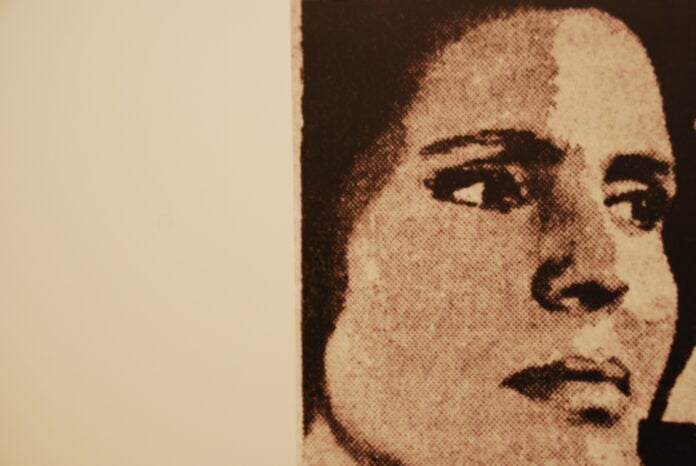Amália Rodrigues is not just remembered in Portugal. She is revered. More than two decades after her passing, she remains Portugal’s most beloved cultural icon and an enduring voice of the nation’s soul. With her singular voice, she almost single-handedly transformed fado it into a poetic, internationally recognized art form. Her story is one of extraordinary talent, fierce independence, and quiet rebellion.
From Lisbon’s alleyways to the most prestigious stages on earth, Amália brought saudade, a distinctively Portuguese blend of longing and nostalgia, to millions of listeners worldwide.
Here are 16 extraordinary facts about Amália Rodrigues, the woman known as A Rainha do Fado (The Queen of Fado), whose life and legacy continue to be celebrated year after year.
1. Her Real Birthday Is Still a Mystery
Amália Rodrigues was officially recorded as born on July 23, 1920 in Lisbon. However, she always claimed she was born on July 1, “the time of the cherries,” as she liked to say. She chose that date for her birthday celebrations claiming that it was when her family could afford to buy her gifts.
But the mystery doesn’t end there. Some researchers believe she may have actually been born in 1915 in Fundão, a small town in central Portugal, and only registered five years later due to the financial difficulties her family faced. The registration delay, while technically illegal, wasn’t uncommon for poor families at the time.
Whether it was 1915 or 1920, one thing is certain: whenever she was born, the world was forever changed by her voice.
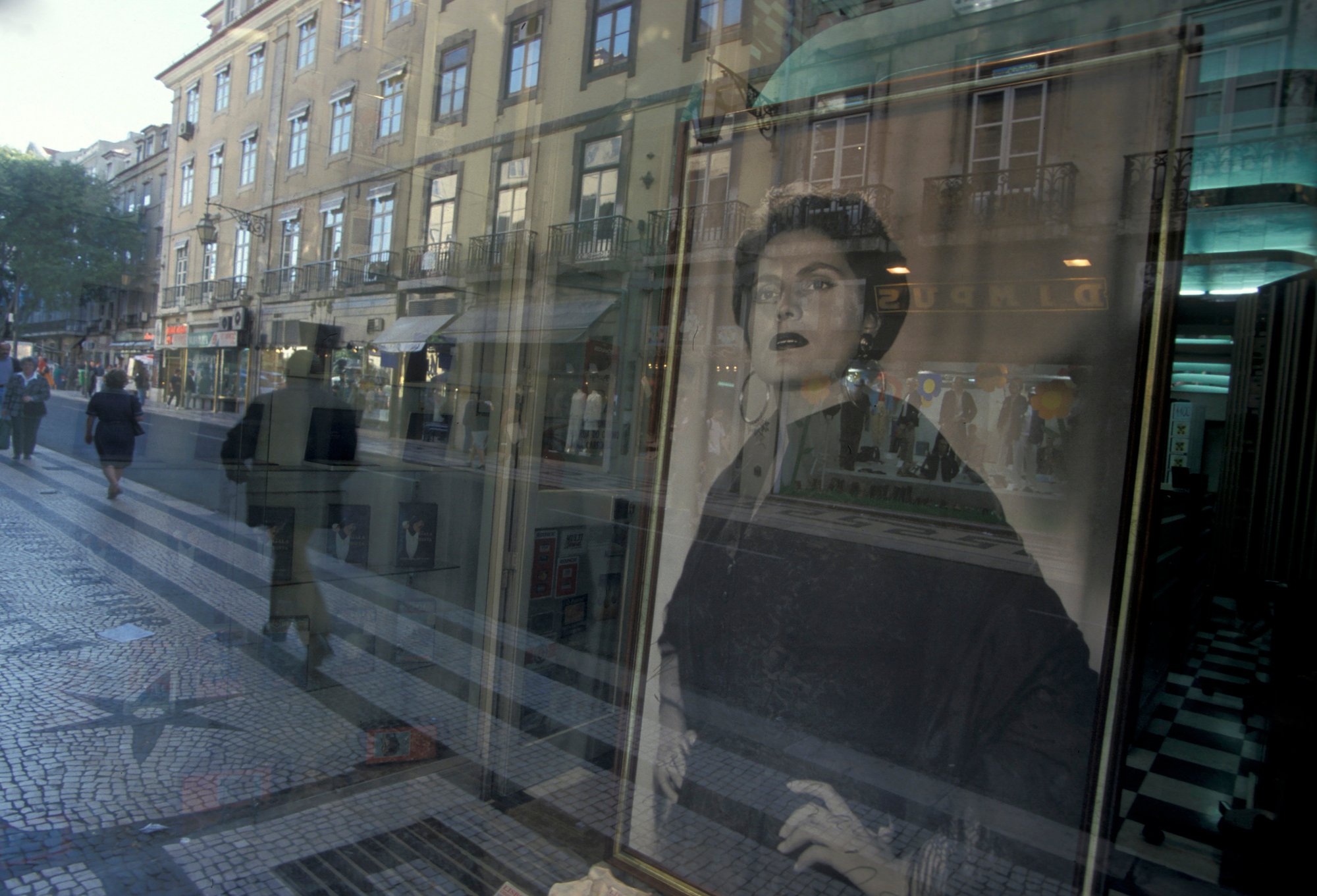
2. From Fruit Seller to Star
Amália came from humble beginnings. In her teens, she worked at Lisbon’s waterfront, selling fruit near Cais da Rocha to support her family. Even then, her voice turned heads. Customers and neighbors would ask her to sing while she worked.
Her raw talent eventually led her to join the Popular March of Alcântara in 1935 for Lisbon’s Santo António celebrations, a moment that helped put her on the path to professional recognition. Although she had humble beginnings, Amália’s rise was truly meteoric.
3. She Was Too Talented for Talent Shows
In the mid-1930s, Amália was signed up to participate in the Concurso da Primavera (Spring Competition), a talent contest in Lisbon where the title “Queen of Fado” was up for grabs.
But she never even got to sing. As soon as the other contestants found out she would be competing, they all withdrew, refusing to share a stage with her. Her legend had already begun to outpace her résumé.
4. She Made Fado a Literary Art Form
Amália redefined fado as Portugal knew it. Traditionally, fado was considered working-class music. It was performed in taverns and narrow city streets. Amália elevated it by collaborating with elite poets and composers. She sang the words of Luís de Camões, Bocage, and Pedro Homem de Mello, among others, transforming their verses into soul-stirring music.
Her partnership with French-Portuguese composer Alain Oulman was particularly groundbreaking. Their work added musical sophistication and literary credibility to fado and introduced it to audiences who previously dismissed it as “simple folk music.”
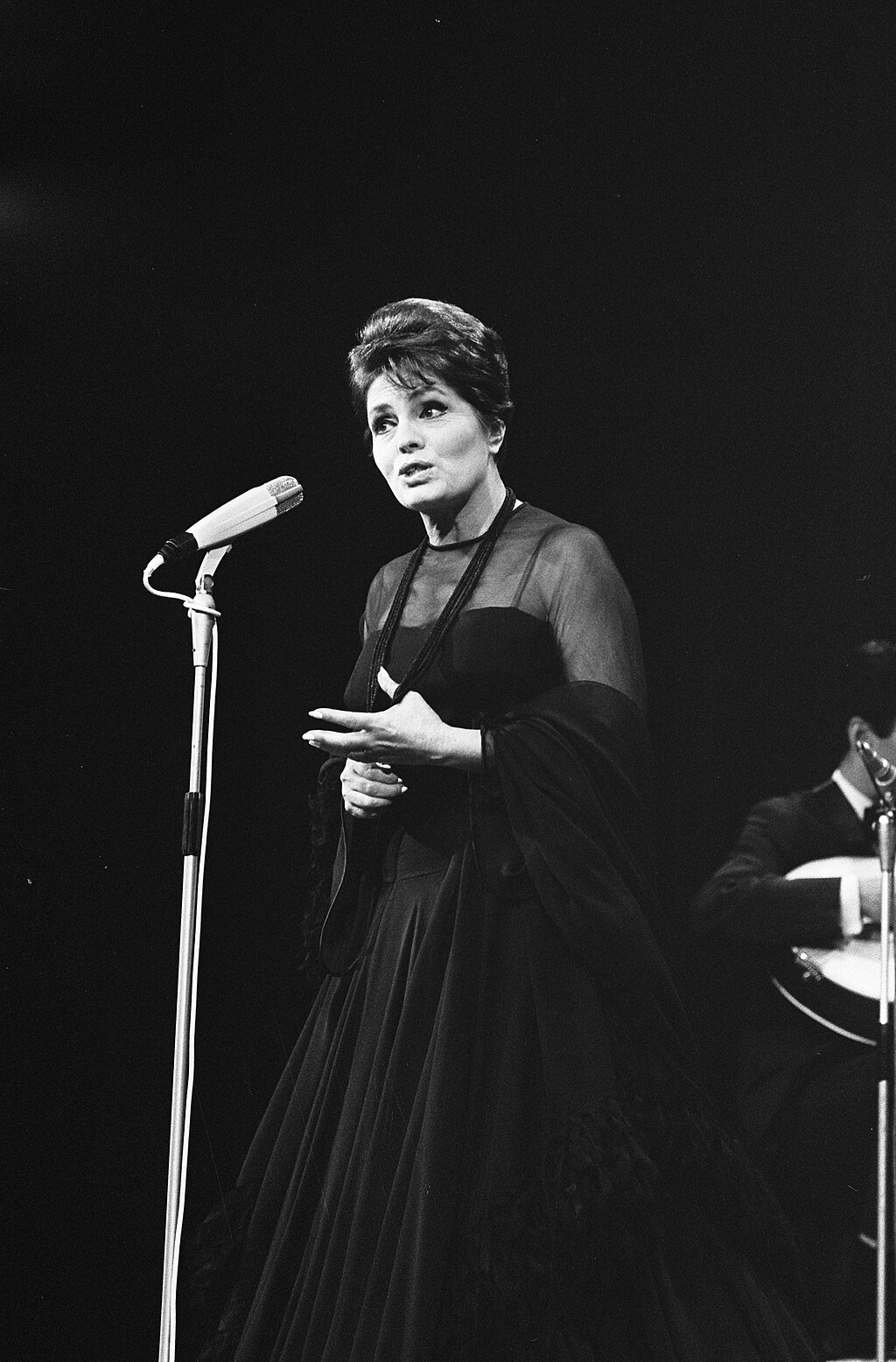
5. She Made Her International Debut During World War II
In 1943, while much of Europe was still under the shadow of World War II, Amália made her international debut at Teatro Real in Madrid. It was a bold step for a young Portuguese woman, especially in the midst of global conflict.
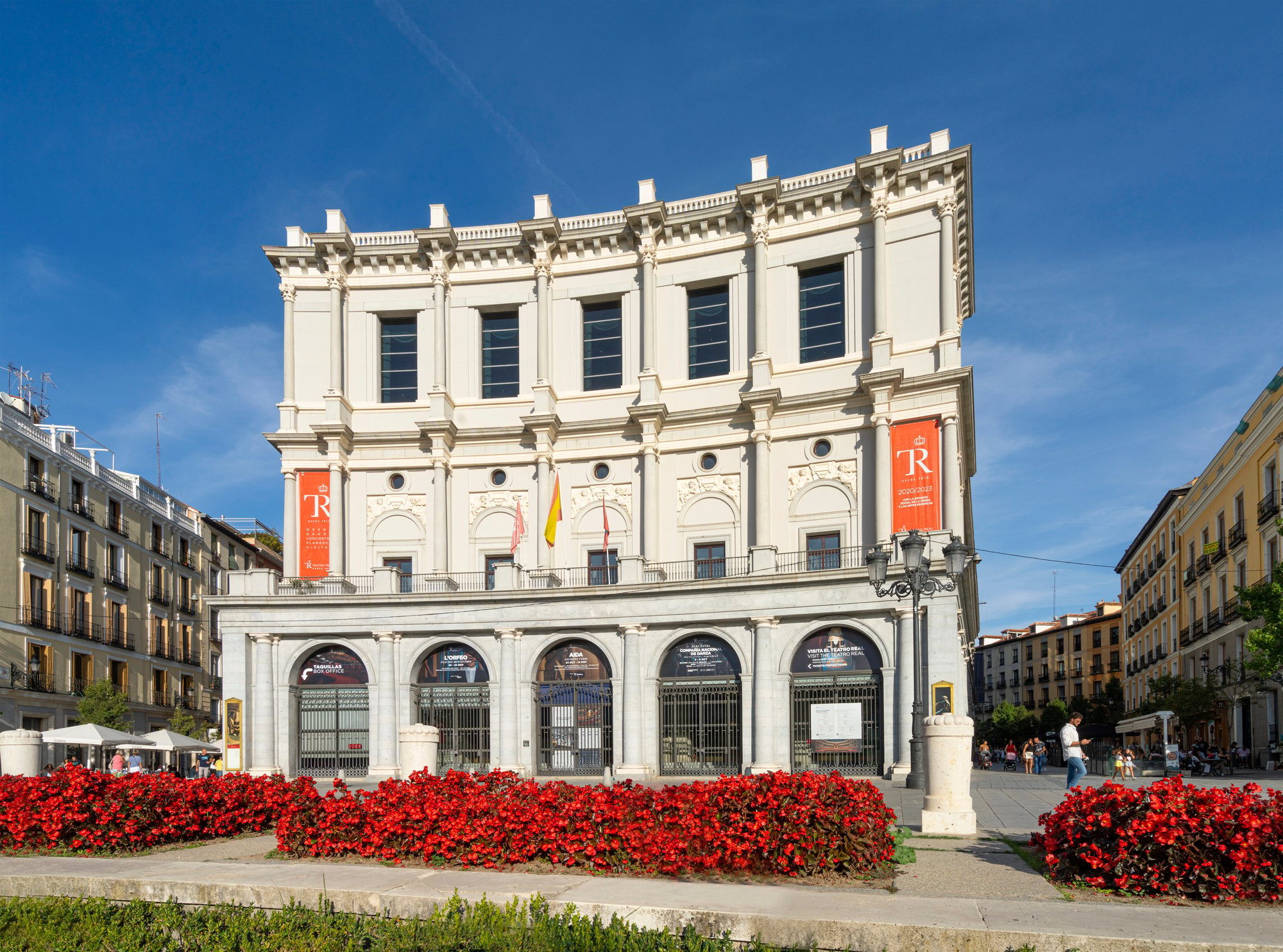
The following year, she was invited to perform at the Copacabana Casino in Rio de Janeiro. Her four-week contract was extended to four months due to overwhelming public demand. She quickly became a star in Brazil, and it was there that her signature fado Ai Mouraria was composed.
6. She Sang in Six Languages
Amália’s appeal wasn’t limited to Portuguese-speaking countries. She sang fluently in Portuguese, Spanish, Galician, French, Italian, and English. This helped make her a true global ambassador for fado. This versatility allowed her to connect deeply with international audiences and opened doors in the world’s top concert halls.
Her recordings in other languages were sincere interpretations. They were delivered with the same emotional depth as her fado classics.
7. She Starred in Portugal’s Most-Watched Movie
In 1947, Amália starred in Capas Negras, a musical film that became the most-watched Portuguese film of its time. It stayed in theaters for over a year! The film combined romance, fado, and the Coimbra student tradition and helped solidify her status as both a singer and actress.
She followed it with another hit that same year, Fado – História de uma Cantadeira, which further cemented her screen presence and widened her fanbase.
8. She Topped the U.S. Charts and Graced Billboard’s Cover
Amália found success across the Atlantic, too. Her rendition of Coimbra, which was released in English-speaking markets as April in Portugal, reached No. 2 on the U.S. Billboard chart in 1952. Two years later, she became the first Portuguese artist to appear on the cover of Billboard Magazine.
Her album Amália in Fado & Flamenco reached No. 1 among the bestsellers in the U.S., marking a rare feat for a non-English language record in the 1950s.
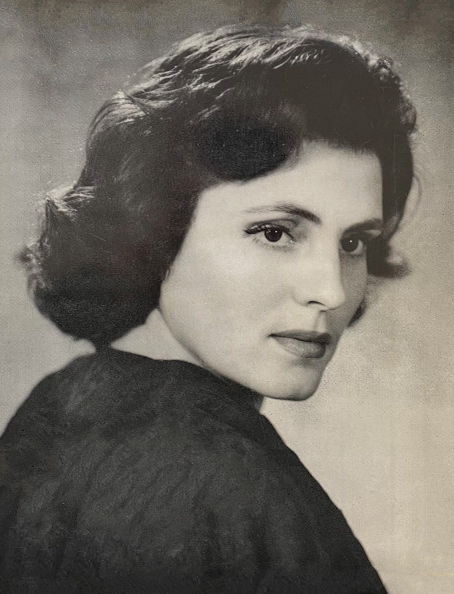
9. She Headlined Radio City Music Hall in New York
Also in 1954, Amália was invited to Radio City Music Hall, one of the most iconic venues in the United States. She performed there for four months and introduced the raw power of fado to American audiences. She proved that Portuguese music could command respect on the world stage.
She also appeared on American television, including NBC’s Eddie Fisher Show. This marked a major crossover moment for a Portuguese artist.
10. She Secretly Opposed the Salazar Regime
During Portugal’s Estado Novo dictatorship, many assumed Amália supported the regime because of her public prominence. But behind the scenes, she was quietly opposed. Several of her songs were banned by government censors including Fado de Peniche and Barco Negro.
She also donated secretly to the Portuguese Communist Party, and after the Carnation Revolution in 1974, she sang the revolutionary anthem Grândola, Vila Morena in public and regained the affection of a nation that briefly doubted her.
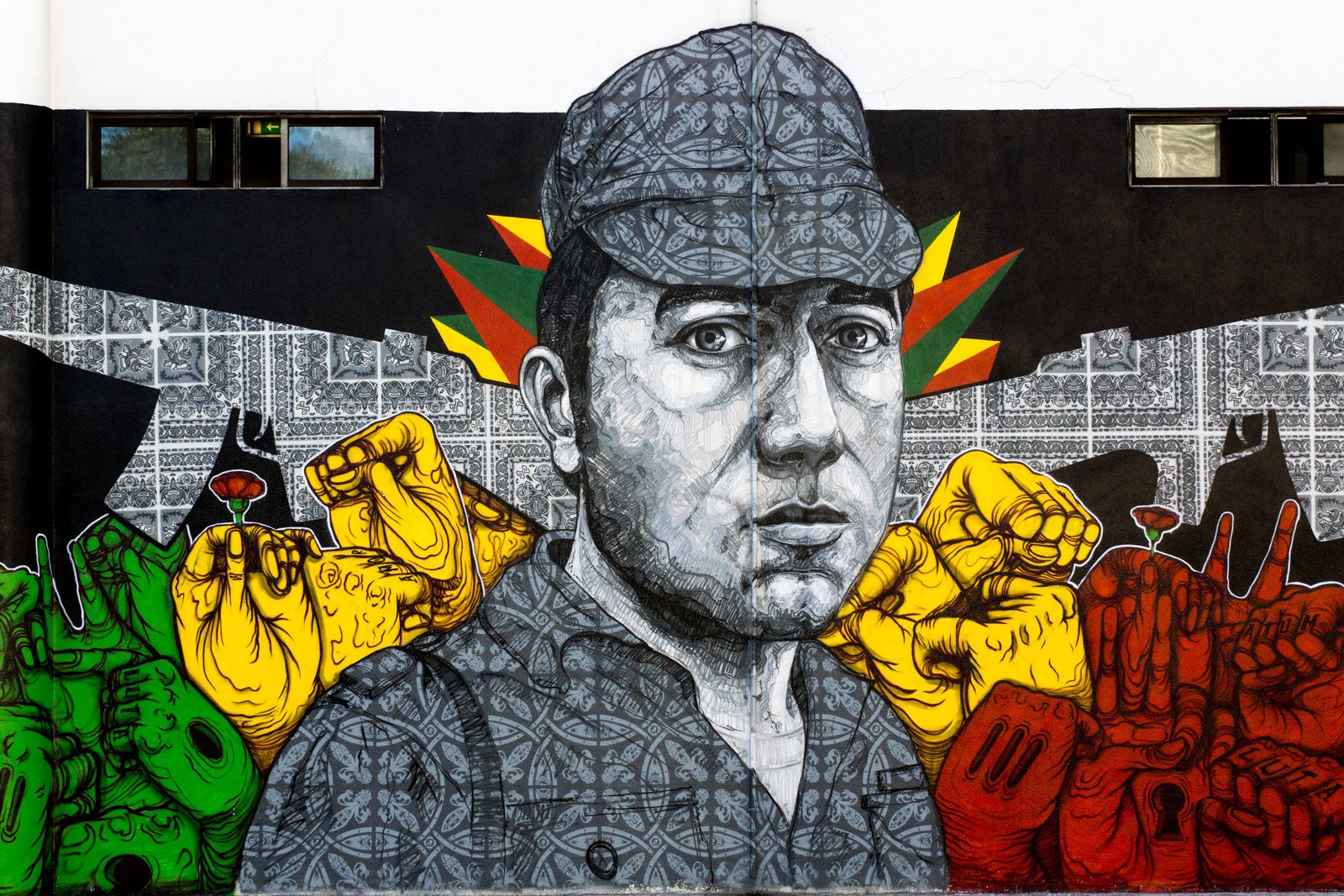
11. She Had Two Great Loves But No Children
Amália married twice. Her first marriage, to guitarist Francisco da Cruz, ended in divorce in 1943. Her second husband, César Seabra, was a Luso-Brazilian engineer with whom she shared a quiet, devoted life until his death in 1997.
Though she never had children, she once reflected that her songs were her children. They were expressions of her soul that would live on long after she was gone.
12. She Performed Into Her 70s
Amália never retired from music. Well into her 70s, she continued to record new albums, including Lágrima, and perform live, often with a new intensity shaped by a lifetime of joy and sorrow. She appeared in Paris, Brazil, and Lisbon and remained capable of silencing entire theaters with a single note.
Her final recordings and performances are revered for their deep emotional resonance. This was proof that her artistry only grew with age.
13. She Has Two Museums Dedicated to Her in Lisbon
Today, Lisbon honors Amália with two dedicated museums. The first is her former home on Rua de São Bento, now the Casa-Museu Amália Rodrigues, where fans can walk through her living quarters, see her gowns, photos, and awards, and hear her music in the place where she lived.
In 2024, the city opened a second museum in Marvila, called the “Ah Amália-Living Experience.” It features a holographic performance that uses advanced technology to recreate the magic of seeing her live. It’s one of the few museums in the world to feature a virtual concert by a long-deceased artist.

14. She Was the First Woman Buried in the National Pantheon
Amália passed away on October 6, 1999, at her home in Lisbon. The Portuguese government declared three days of national mourning, and thousands of people filled the streets to pay their respects. She was initially buried at Prazeres Cemetery, but public demand led to her transfer to the National Pantheon in 2001.
She became the first woman to be honored with burial there, a fitting tribute to a national icon who changed the face of Portuguese culture.

15. She Sold Over 30 Million Records
Over the course of her career, Amália released more than 170 albums in 30 countries, selling over 30 million copies, a number that dwarfs the population of Portugal. She remains the most successful Portuguese artist in history, and her recordings are still widely distributed and streamed today.
16. She Was Portugal’s Cultural Ambassador to the World
From Lincoln Center in New York to Olympia in Paris, from Moscow to Tokyo, Amália took the sound of Portugal everywhere. Through her voice, millions came to understand what it meant to feel saudade, and what it meant to be Portuguese.
A Legacy That Lives On
Amália Rodrigues was a revolutionary artist, a fearless performer, and a poetic soul. Her legacy lives on in every verse of fado, in every Portuguese child who learns her name, and in every tear shed at the sound of her voice.
Her life was filled with mystery, beauty, and strength. But her music? Her music was—and is—eternal.
Viva Amália. Sempre. 🎶

